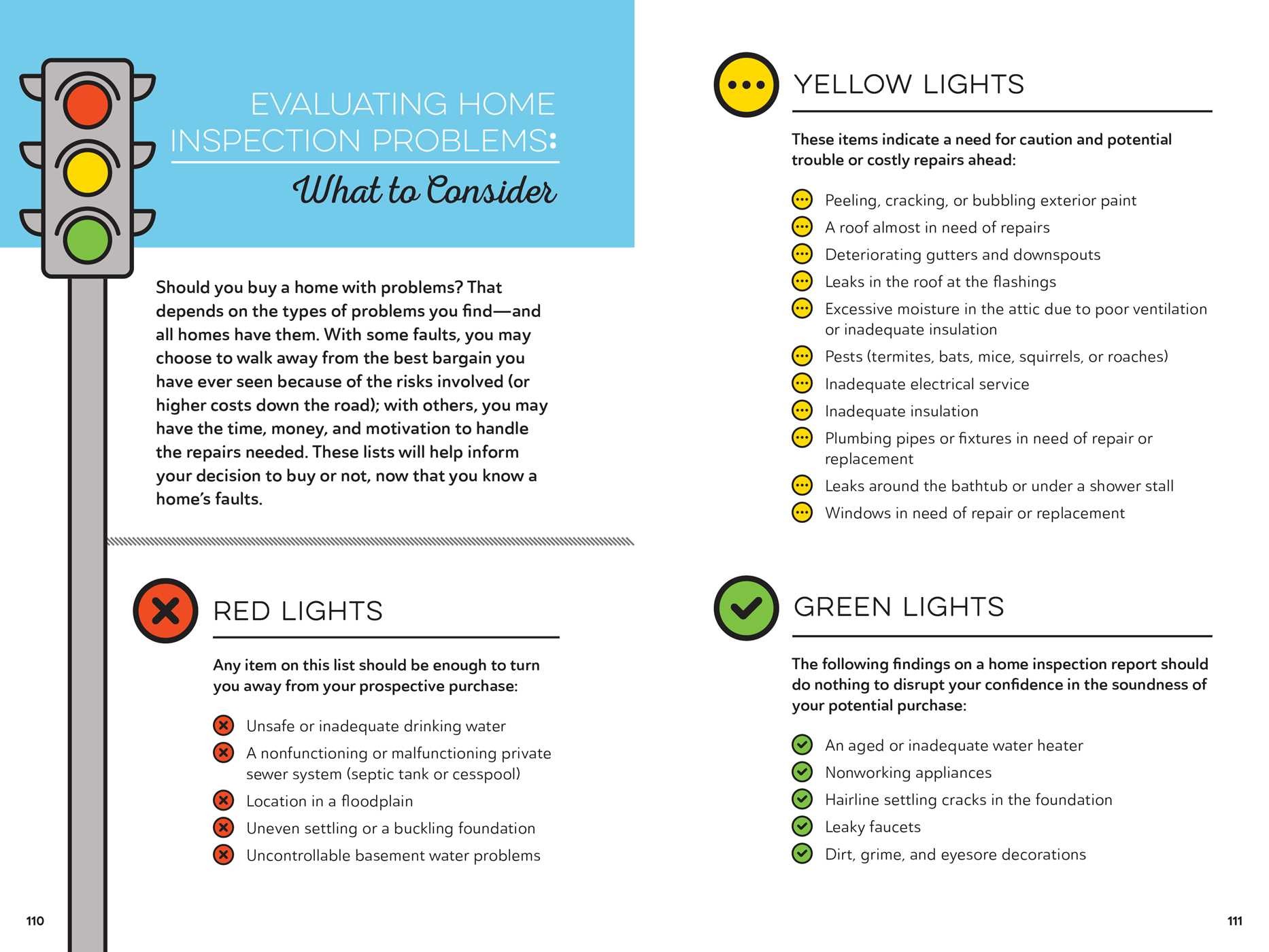Forgeting Roofing Ventilation Can Bring About Expensive Damage; Uncover Vital Elements That Ensure A Successful Setup And Secure Your Investment
Forgeting Roofing Ventilation Can Bring About Expensive Damage; Uncover Vital Elements That Ensure A Successful Setup And Secure Your Investment
Blog Article
Content Writer-Morrow Ploug
When you're dealing with a roof covering task, you could not assume much about roofing air flow, but it's even more crucial than you realize. Effective ventilation helps regulate temperature level and wetness in your attic, preventing problems like mold and mildew and architectural damages. By recognizing exactly how to make and install a balanced ventilation system, you can boost energy performance and lengthen the life expectancy of your roofing materials. So, what are the key variables to take into consideration during installment that can make all the difference?
Importance of Roofing System Ventilation
Roof covering ventilation plays a crucial duty in preserving the general health and wellness of your home. By permitting fresh air to flow through your attic, it assists regulate temperature and dampness degrees. This equilibrium is essential to avoid heat buildup during hot months, which can lead to raised power prices as your a/c burns the midnight oil.
Additionally, proper ventilation considerably minimizes the danger of moisture-related problems like mold and mildew. If humidity degrees increase, your home's architectural stability can be compromised, causing expensive repair work. You wouldn't want to take care of decomposing timber or warped roof covering products, right?
In addition, appropriate ventilation prolongs the lifespan of your roof. When warm and dampness are kept in check, your roof covering can carry out optimally, preventing early deterioration. This indicates fewer migraines and expenses down the line.
Exactly How Roofing Ventilation Works
Reliable roofing ventilation relies on the natural activity of air to create an equilibrium in between consumption and exhaust. When you install vents, you're essentially allowing fresh air to enter your attic while enabling warm, stagnant air to escape. This procedure helps regulate temperature and moisture levels, stopping problems like mold and mildew development and roofing damages.
Consumption vents, generally found at the eaves, draw in awesome air from outside. On https://krcgtv.com/news/local/hba-after-any-hailstorm-be-cautious-when-choosing-roofing-contractor , exhaust vents, located near the ridge of the roofing, let hot air increase and leave. The difference in temperature creates an all-natural air flow, known as the pile impact. As cozy air surges, it develops a vacuum that draws in cooler air from the reduced vents.
To enhance this system, you need to ensure that the consumption and exhaust vents are properly sized and positioned. If the consumption is limited, you will not achieve the desired ventilation.
Furthermore, insufficient exhaust can trap heat and moisture, bring about potential damages.
Key Installation Factors To Consider
When installing roof covering air flow, a number of crucial factors to consider can make or damage your system's effectiveness. Initially, home renovator san antonio require to analyze your roof covering's layout. The pitch, shape, and products all influence air flow and air flow option. See to it to select vents that match your roofing system type and regional climate problems.
Next off, think about the placement of your vents. Preferably, https://emergencyroofrepairs38271.actoblog.com/33864333/comprehending-typical-roof-obstacles-in-your-house 'll want a balanced system with intake and exhaust vents positioned for optimal airflow. Area intake vents short on the roof and exhaust vents near the height to urge an all-natural circulation of air. This configuration assists protect against moisture accumulation and promotes power performance.
Don't forget insulation. Correct insulation in your attic room avoids heat from escaping and keeps your home comfy. Make certain that insulation does not block your vents, as this can prevent airflow.
Lastly, think about upkeep. Pick air flow systems that are simple to access for cleansing and assessment. Routine upkeep guarantees your system remains to operate efficiently with time.
Conclusion
To conclude, roofing air flow is necessary for an effective installment. By ensuring appropriate air flow, you can prevent warm buildup and wetness concerns that result in pricey damages. When you tactically setting intake and exhaust vents, you boost power effectiveness and extend the life expectancy of your roof covering. Bear in mind, a well-ventilated roofing system not just secures your financial investment but also enhances your indoor air top quality. So, focus on air flow to guarantee a durable and cost-efficient roofing system for your home.
